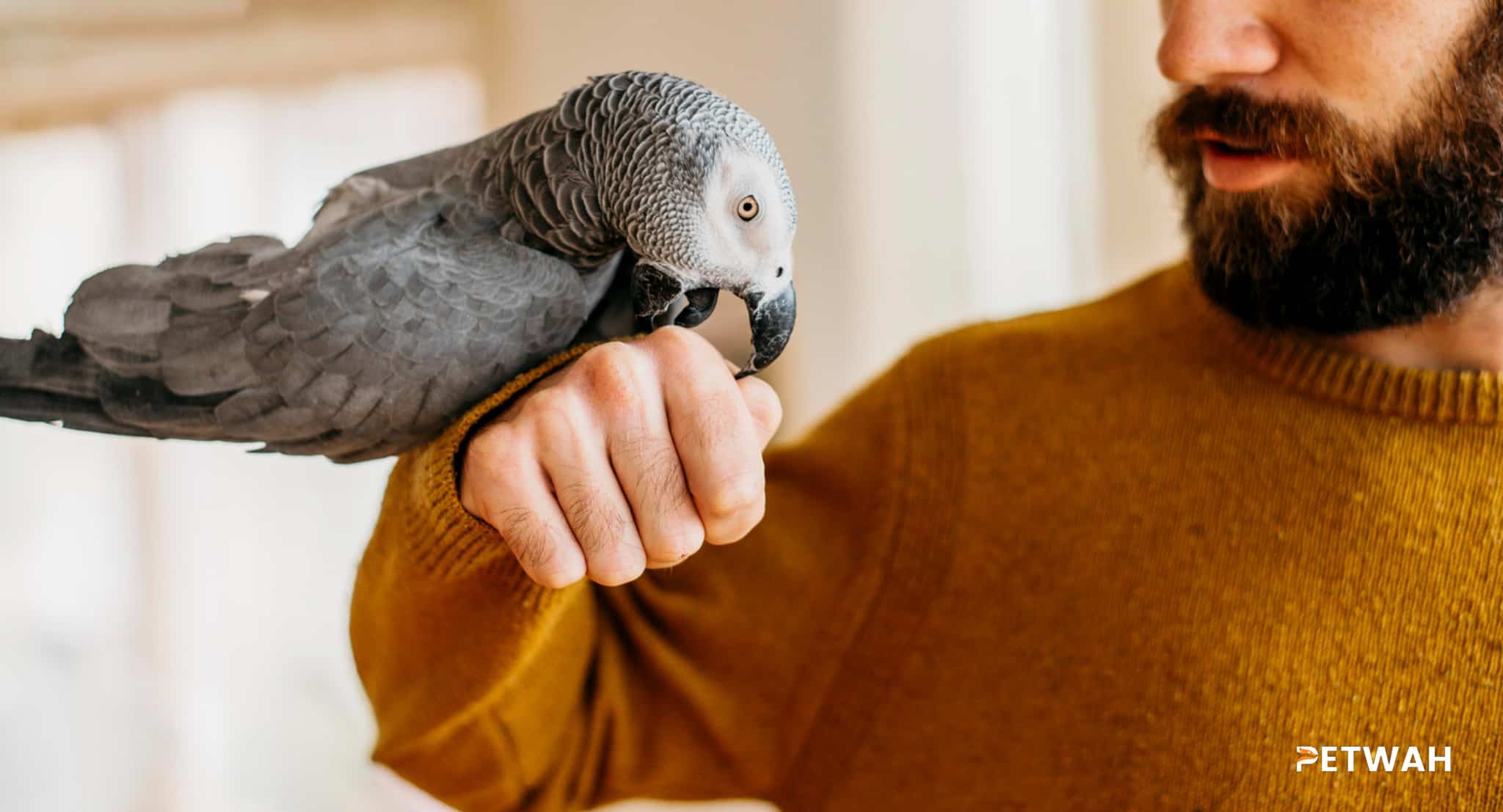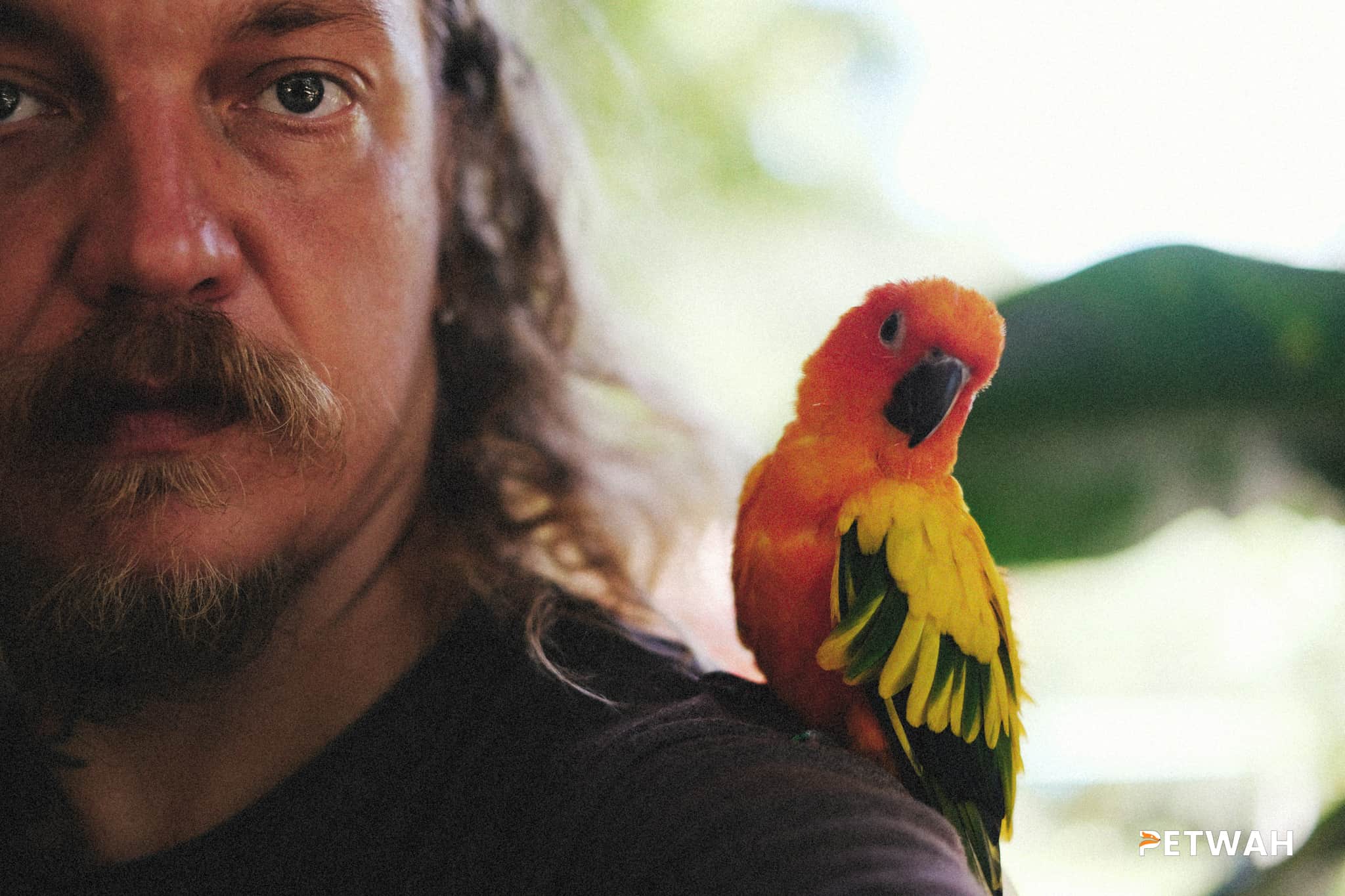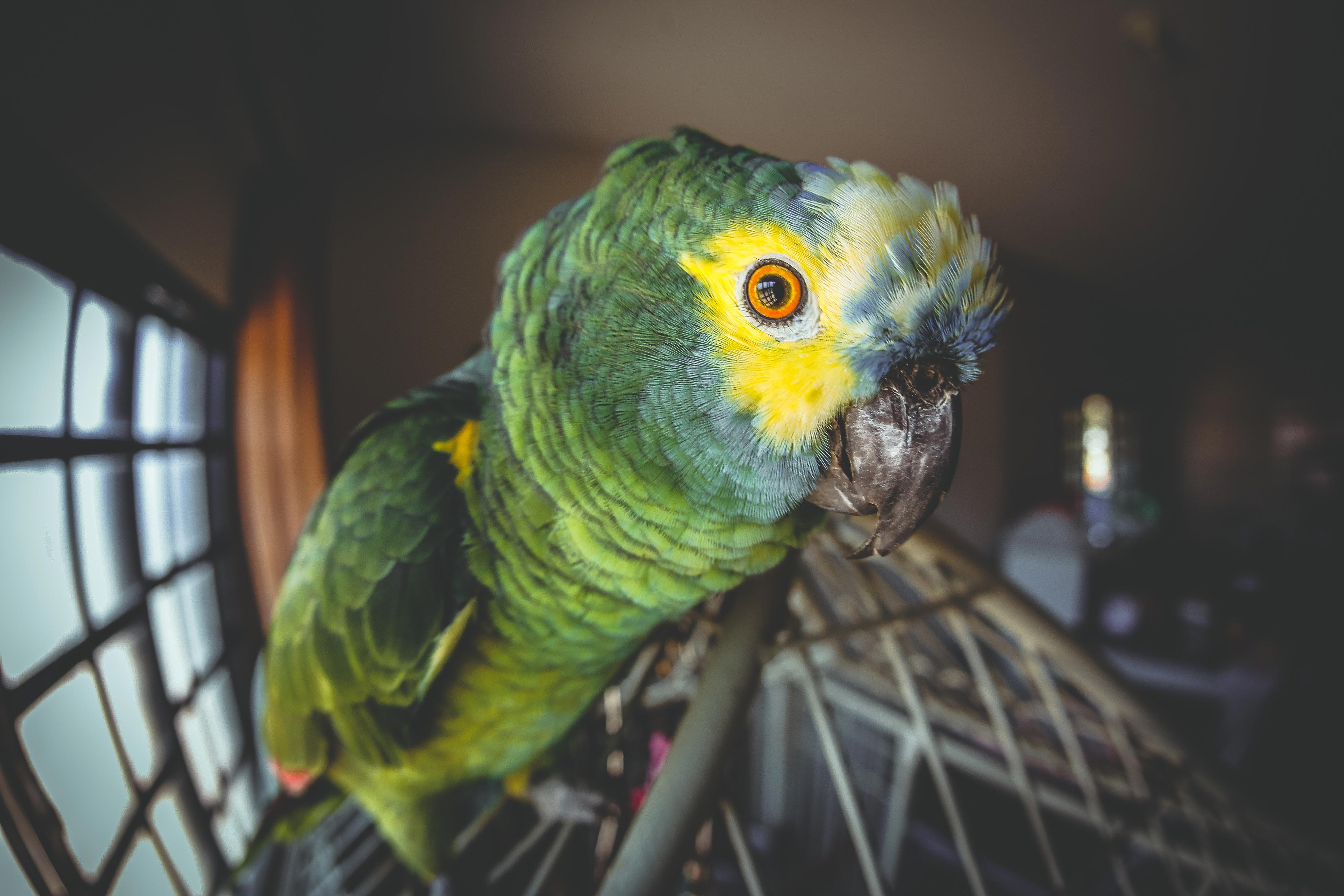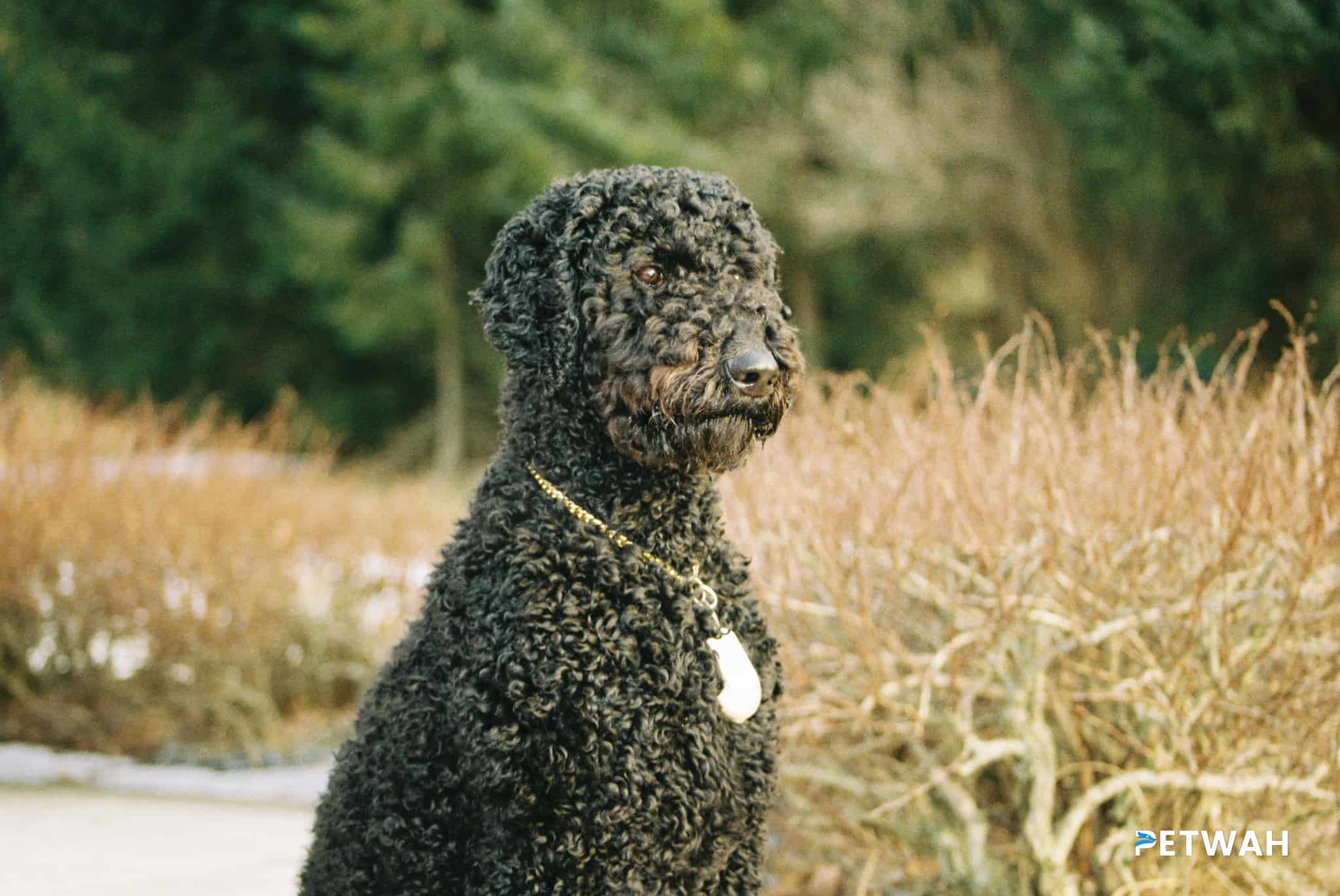Birds can make wonderful pets, providing companionship, entertainment, and beauty to those who choose to care for them. However, just like any other pet, it’s essential to be prepared for emergencies. Whether it’s a natural disaster, a sudden illness, or any other unforeseen circumstance, having a plan in place can help ensure the safety and well-being of your bird. In this article, we will discuss the emergency preparedness steps that every couple should know for their bird.
Creating an Emergency Kit
One of the most crucial steps in emergency preparedness is creating an emergency kit for your bird. This kit should be easily accessible, so you can quickly grab it and go if needed. Here are some items to include in your bird’s emergency kit:

1. Food and water: Pack enough food and water to last at least a week. Ensure that the food is non-perishable and water is stored in a safe container.
2. Cage or carrier: Have a suitable cage or carrier ready to transport your bird in case of an emergency. Ensure it’s the right size and has proper ventilation.
3. Medications and medical records: Include any necessary medications your bird may need, along with a copy of its medical records. This will be important if you need to seek medical assistance during an emergency.
4. First aid supplies: Keep a basic first aid kit specifically for your bird. Include items like bandages, antiseptic solution, and styptic powder to stop bleeding from potential injuries.
5. Blankets and towels: Pack some blankets or towels to provide warmth and comfort to your bird in case it gets cold or stressed during a stressful situation.
Creating an Emergency Plan
In addition to having an emergency kit ready, it’s essential to have an emergency plan for your bird. Here are some steps to consider when creating your plan:
1. Identify a safe location: Determine where you would relocate your bird in the event of an emergency. This could be a family member’s or friend’s house, a pet-friendly hotel, or a boarding facility.
2. Contact information: Keep a list of important phone numbers, including your veterinarian’s contact information and any emergency contacts. This way, you can easily reach out for assistance if needed.
3. Have a transportation plan: Plan ahead for transportation in case you need to evacuate. Make sure you have a suitable mode of transportation ready, whether it’s a vehicle or a carrier for the bird.
4. Know the evacuation route: Familiarize yourself with the evacuation routes in your area. This will help you navigate to safety quickly and efficiently.
5. Practice drills: Conduct regular emergency drills with your bird, so it becomes familiar with the process. This will help reduce stress and make handling easier during an actual emergency situation.
Additional Tips for Emergency Preparedness
Here are a few additional tips to ensure the safety and well-being of your bird during an emergency:
– Keep your bird’s identification up to date. Make sure it has a leg band or microchip with accurate information so it can be easily identified if lost or separated from you.
– Stay informed about potential emergencies in your area. Sign up for local emergency alert systems or follow relevant social media accounts for updates.
– Consider having a backup power source for essential equipment like heating or cooling systems, especially during extended power outages.
– Research and connect with local avian veterinarians and bird rescue organizations in advance. They can provide valuable guidance and support during emergency situations.
Conclusion
Being prepared for emergencies is essential for the safety and well-being of your bird. By creating an emergency kit, having an emergency plan, and following the additional tips mentioned, you can ensure that your feathered friend is protected during unexpected situations. Remember, being proactive and prepared can make a significant difference when it comes to the safety and survival of your bird.
FAQs
1. How often should I update my bird’s emergency kit?
Ans: It is recommended to review and update your bird’s emergency kit at least once every six months to ensure that all items are fresh and in good condition.
2. What should I do if my bird gets injured during an emergency?
Ans: If your bird gets injured, it is crucial to contact an avian veterinarian as soon as possible. Keep calm and follow any first aid procedures if you are familiar with them, but professional veterinary care is essential.
3. Can I rely on social media for emergency updates?
Ans: While social media can be a useful source of information during emergencies, it’s important to rely on official government and emergency management websites or local news outlets for the most accurate and up-to-date information.
4. Should I let my bird fly freely during an emergency?
Ans: In most cases, it is not recommended to let your bird fly freely during an emergency. The stress and potential dangers may cause your bird to become disoriented or lost. It is safer to keep your bird in a secure carrier or cage.
5. Can I include toys in my bird’s emergency kit?
Ans: While toys can help provide comfort to your bird, prioritize essential items like food, water, and medical supplies in the emergency kit. Toys can be added if there is sufficient space after including all necessary items.
Remember, preparation is key when it comes to the safety of your beloved bird. If you need any assistance or want to explore products and services specifically designed for bird care, visit PetWah.Com for reliable information and resources. Stay prepared, stay safe!
Link: [PetWah.Com](https://www.petwah.com)







